If you have ever purchased new trees, you know they are an investment. Like any investment, you want to help your trees grow. You probably already know everything you need to about watering and sunlight. Unfortunately, healthy soil can be a somewhat tough subject. Fortunately, we are here to explain how to create the best soil for new trees.
The Best Soil for New Trees 101
Perform a Soil Test
Why is performing a soil test the first step? Because knowing the health and pH of your soil is vitally important to creating the best dirt! You can purchase a soil testing kit at your local garden store to test for pH. If you want to see what nutrients are missing, you can pick up a more inclusive kit at your local extension office.
Determine Your Soil Type
Dirt is dirt, right? Wrong! There are so many different combinations of soils out there that it would take me forever to write them all down. Of them all, the ones to watch out for are clay and sandy soils. These 2 types require amending for most trees you’ll purchase.
- Clay Soil: Don’t want to amend your clay ground? You don’t actually have to. One way to avoid this work is by finding plants that tolerate more moisture. Clay soils don’t drain well. Look for native trees for a higher success rate.
- Sandy Soil: If you have sandy soils, there are a wide variety of trees that thrive there naturally. Drought-tolerant plants are great out in desert dirt, and planting native species is all the rage. Living near a beach requires a somewhat different approach that includes taking the saltwater and winds into account.
Keep Your Goals in Mind
Keeping your goals in mind may sound silly, but it’s not if you know what those goals are! There are two things that give away soil health: texture and fertility. Fertility is what you are testing for with soil kits. Texture is the size and stickiness of the particles of dirt. Both are important to the health of your new tree!
What Nutrients do Trees Need?
There are 3 nutrients that are needed by the majority of trees, and a few more we will cover as well. The most popular are nitrogen, phosphorus, and potassium.
- Nitrogen: This is the nutrient you can thank for healthy stems and leaves! Plants can’t directly take in nitrogen, so they transform it into nitrates first. Once the decaying matter and roots get a hold of the nitrates, they suck them up fast! Since nitrogen is water soluble it has to be replenished.
The downside is that too much nitrogen will take energy away from flower growth.
- Phosphorus: Phosphorus is responsible for keeping roots healthy and strong. The most common and organic form of phosphorus is bone meal. If you feed a flowering tree a diet high in this nutrient, it will produce impressive blooms.
- Potassium: This nutrient is necessary for overall plant health. It’s a tree’s equivalent to vitamin C for their immune systems. Water soluble, you will need to re-add potassium every once in a while.
- Trace Elements: Trace elements are other small, but important, nutrients for your soil. Some of these are the same we humans need such as zinc, magnesium, and calcium.
Pro Tip: Whatever you decide on, store any extra bags in your wooden shed for easy access!
What About pH?
The pH of soil refers to how acidic or alkaline it is. The scale begins with 1, which is the most acidic. The number 7 is neutral, and 14 is the most alkaline. Many, but not all, trees like a neutral soil. Neutral in this case is between 6.2 and 6.8. However, there are other trees that prefer a different mix.
Once you do the soil test, you will figure out the pH you have. To get that to the pH you need, simply amend it with either lime or sulfur to reflect the number your tree needs. Do this in stages over time so not to shock the trees.
Pro Tip: Over time, your soil will need to be treated again. Eventually it reverts back to its old ways.
What is the Perfect Soil Texture?
There is no one perfect soil texture. No one-size-fits-all solution. However, the soil most frequently preferred by trees is called sandy loam. The texture feels like breadcrumbs or fine crumb cake. Furthermore, it is light enough for air to pass through yet heavy enough to prevent losing all the water.
- Clay Soil: Clay soil is packed tightly. To tell if your soil tends toward clay, there is an easy test to find out. Simply press it between your pointer finger and your thumb when it is damp. If it smooshes flat without breaking, you have clay dirt.
- Sandy Soil: Sandy soil is loose and moves around a little too freely. There is a simple test to find out. Make a ball out of damp soil and tap it. Does it break apart? Then you have sandy soil.
Pro Tip: Never mix in clay soil to correct sandy soil. Never mix in sandy soil to correct clay soil. If you do either of these things, you will get cement.
Add in Organic Matter
Soil rich in organic matter is soil rich in nutrients! There is never a reason not to mix some type of it into your dirt. What exactly is organic matter? It is primarily dead plant or animal material. You can use shredded dried leaves, grass clippings, compost, manure, worms, or other humus.
Adding organic matter has another benefit. It helps clay by loosening the soil and sand by tightening the soil! However, just because you have organic matter doesn’t mean you don’t want to take other measures to correct these types of soils.

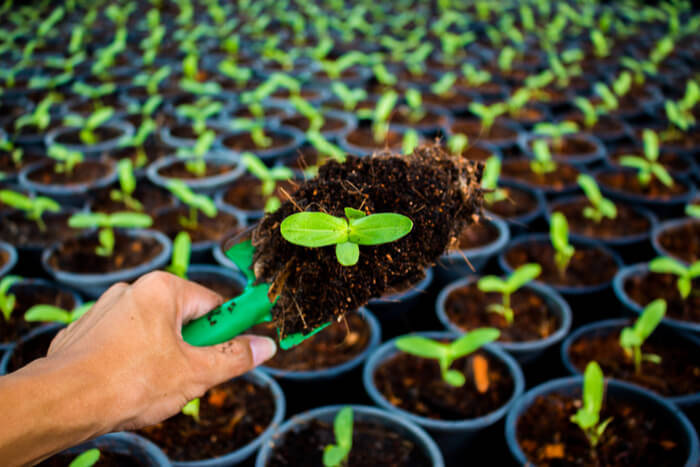
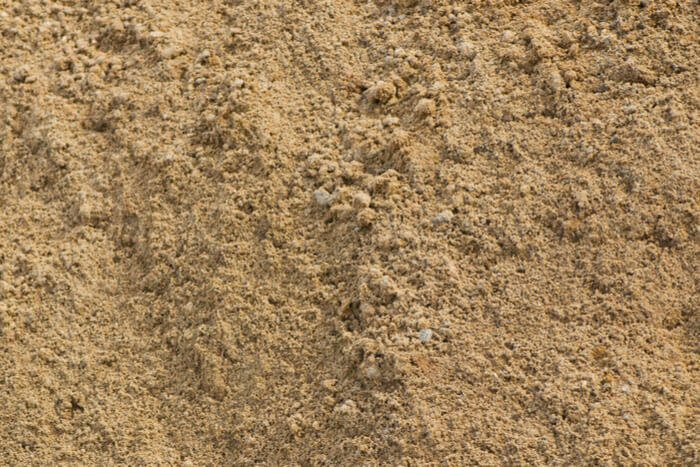
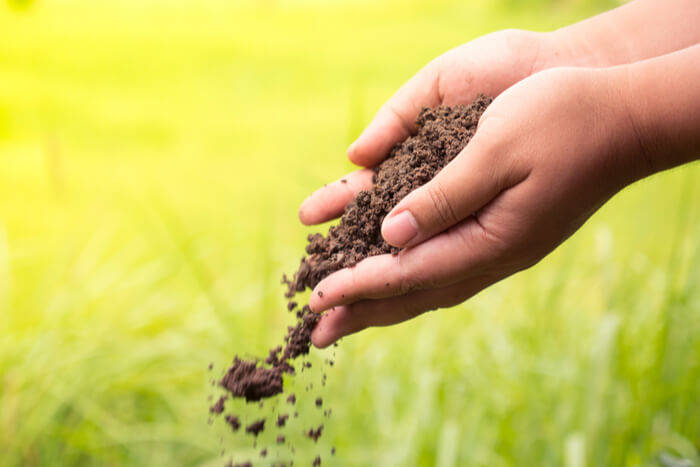
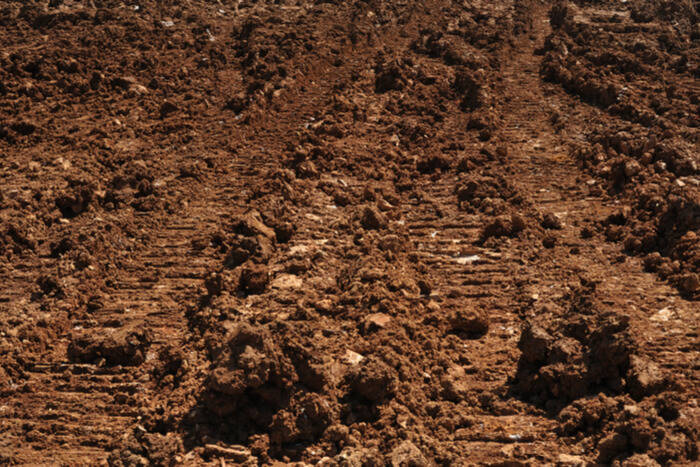
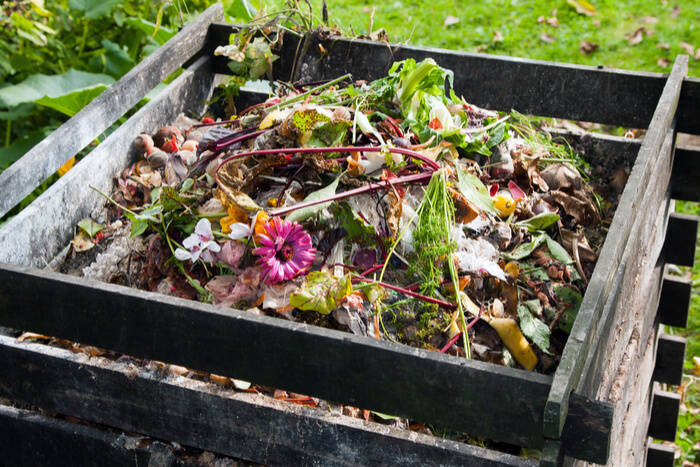
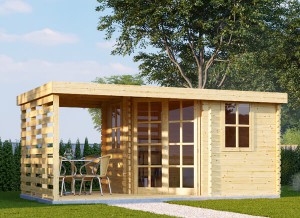
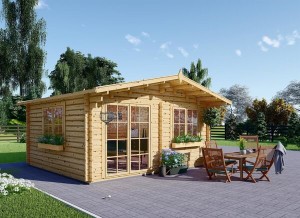
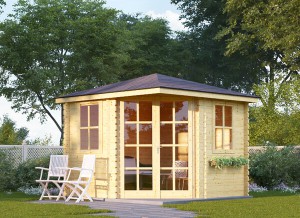
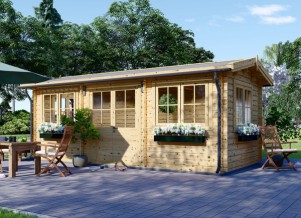
home remedies instead of viagra usa made viagra viagra professional
viagra ägypten preis viagra prescription young